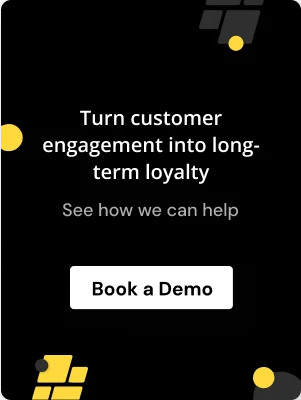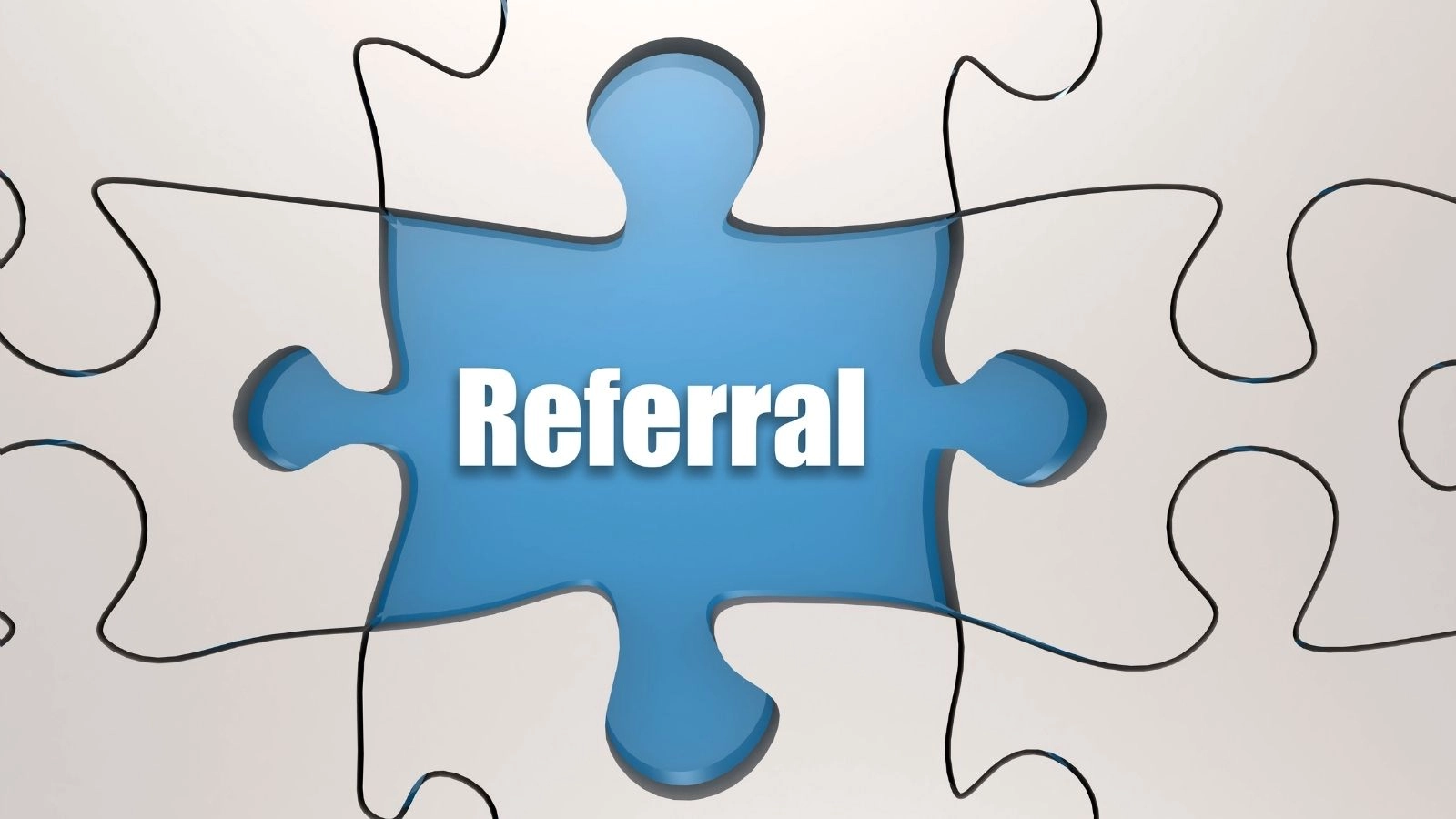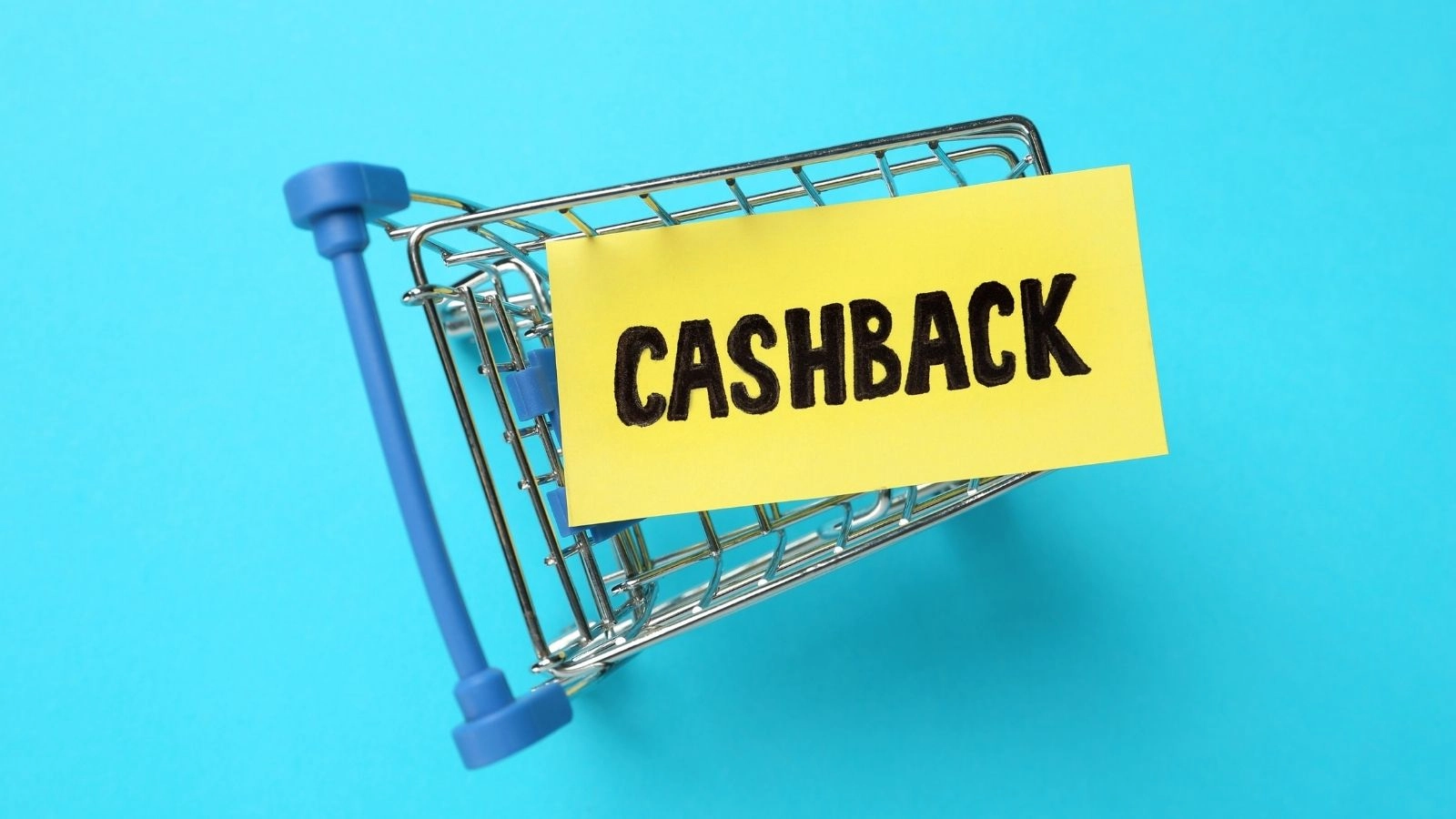.avif)
.avif)
A recent study reveals that over 60% of Fast-Moving Consumer Goods (FMCG) companies consider e-commerce their most critical sales platform, with nearly 75% of mid-sized businesses prioritising it as their top channel. Yet many of these brands still struggle with high acquisition costs and low repeat purchases, a challenge that directly impacts profitability, especially for products bought frequently, where price and trust play a major role in buying decisions.
Referral programs offer a practical solution. Instead of relying solely on paid channels, they turn existing customers into advocates, creating a trust‑driven growth engine. When thoughtfully designed, these programs not only attract new buyers but also strengthen loyalty and improve acquisition efficiency over time.
In this article, we’ll break down how to design referral programs that deliver real results, from selecting the right incentive models to aligning them with broader engagement strategies and examining how FMCG brands are applying these approaches to achieve sustainable growth.
Key Takeaways
- Referral programs can build stronger customer relationships: Customers who come through referrals often stay longer and engage more actively than those acquired through traditional channels.
- Well‑structured incentives drive participation: Double‑sided rewards and tiered models give both new and existing customers a reason to take part, encouraging multiple referrals over time.
- Automation makes programs sustainable: Replacing manual tracking with automated systems improves accuracy, prevents errors, and allows programs to grow without adding operational strain.
- Successful programs are intentional: Clear goals, tailored rewards, an easy referral process, and regular performance reviews are essential for long‑term impact.
- Referrals contribute to lasting growth: When integrated into a broader strategy, they bring in new buyers while also strengthening retention and loyalty.
How Referrals Drive Business Growth
When existing customers recommend a product to others, and those recommendations lead to new purchases, brands see organic, trust-based growth. Rather than waiting for this to happen on its own, many companies now build structured referral programs that make it easy and worthwhile to share.
This is especially effective in fast-moving consumer goods (FMCG), where buying decisions are frequent, margins are tight, and word-of-mouth carries real weight. A well-designed referral program doesn’t just attract first-time buyers; it encourages repeat purchases, builds brand habits, and deepens customer loyalty.
Done right, referrals lower reliance on paid ads, increase lifetime value, and create a steady pipeline of loyal, high-intent customers.
Read: 2025 DTC Trends: How Shopify Brands Can Stay Ahead with Loyalty and Retention
Key Referral Program Models
Referral programs can deliver strong growth, but selecting the right structure is rarely straightforward. Many brands start with simple campaigns, for example, giving a discount to anyone who refers a friend, but these often plateau. Over time, participation declines, incentives lose relevance, and managing the program manually becomes burdensome.
A more sustainable approach is to create referral frameworks that adapt to customer behavior, balance reward value against profitability, and scale without constant intervention. This means tailoring incentives to different customer groups and closely monitoring performance to refine the strategy.
1. Single-Sided vs. Double-Sided Incentives
Referral programs usually follow one of two incentive models:
- Single‑sided: Only the referrer earns a benefit (e.g., a discount or loyalty credit).
- Double‑sided: Both the referrer and the referred customer receive rewards (e.g., “Give ₹200, Get ₹200”).
In competitive FMCG categories, double‑sided models tend to perform better. They remove friction for new customers, the discount or bonus reduces hesitation when trying a product for the first time, while also giving advocates a stronger reason to keep sharing. That said, success depends on how well these rewards are structured. Flat discounts alone can quickly lose impact or cut into margins. Instead, brands should:
- Align rewards with customer segments: For instance, give first‑time buyers a one‑time discount while offering loyal advocates points toward premium tiers or exclusive bundles.
- Use capped or tiered incentives: This helps control costs while motivating repeat referrals (e.g., reward progressively more for 1, 3, and 5 successful referrals).
- Balance monetary and non‑monetary value: Store credits, early access to launches, or exclusive products often feel more meaningful than a one‑off coupon.
Platforms like Nector make this easier by allowing teams to set value caps, customize eligibility rules (e.g., only reward referrals from verified customers), and track real‑time performance in a single dashboard. This kind of structure ensures referral programs stay both attractive to customers and financially sustainable.
2. Tiered Referral Structures
Flat, one‑time rewards often generate a quick spike in referrals, but participation typically drops off once the reward is claimed. To build long‑term advocacy, tiered referral programs introduce progression‑based incentives that motivate customers to keep engaging over time.
Instead of a single reward for a single action, tiered structures create milestones where rewards increase in value as referrals accumulate. For example:
- Refer 1 friend – Earn 10% off your next purchase
- Refer 5 friends – Receive a premium product bundle
- Refer 10 friends – Unlock access to a VIP tier with exclusive, recurring benefits
This sense of progression taps into goal‑oriented behavior; customers are more likely to continue referring when they see tangible milestones ahead. It also creates opportunities for brands to align rewards with different customer segments (e.g., casual shoppers vs. loyal advocates).
- Multi‑level reward setup: Easily configure escalating incentives without manually tracking referrals.
- Visual progress tracking: Features like progress bars and milestone notifications show customers exactly where they stand, keeping them engaged.
- Data‑backed refinement: Built‑in analytics provide visibility into referral performance at each tier, helping teams fine‑tune reward thresholds or adjust incentives based on what drives the most meaningful growth.
By combining meaningful progression with clear visibility, tiered referral programs help brands shift from one‑off transactions to an ongoing cycle of advocacy, improving both participation rates and customer lifetime value.
Building Referral Programs with an FMCG Loyalty Platform
For fast-moving consumer goods (FMCG) brands, referral programs tend to deliver the best results when they are integrated into a wider engagement framework rather than run as standalone initiatives. When connected with other touchpoints such as purchases, product reviews, or tier-based loyalty rewards, referrals become part of a sustained participation cycle rather than one-off transactions.
Key Elements of an Integrated Approach
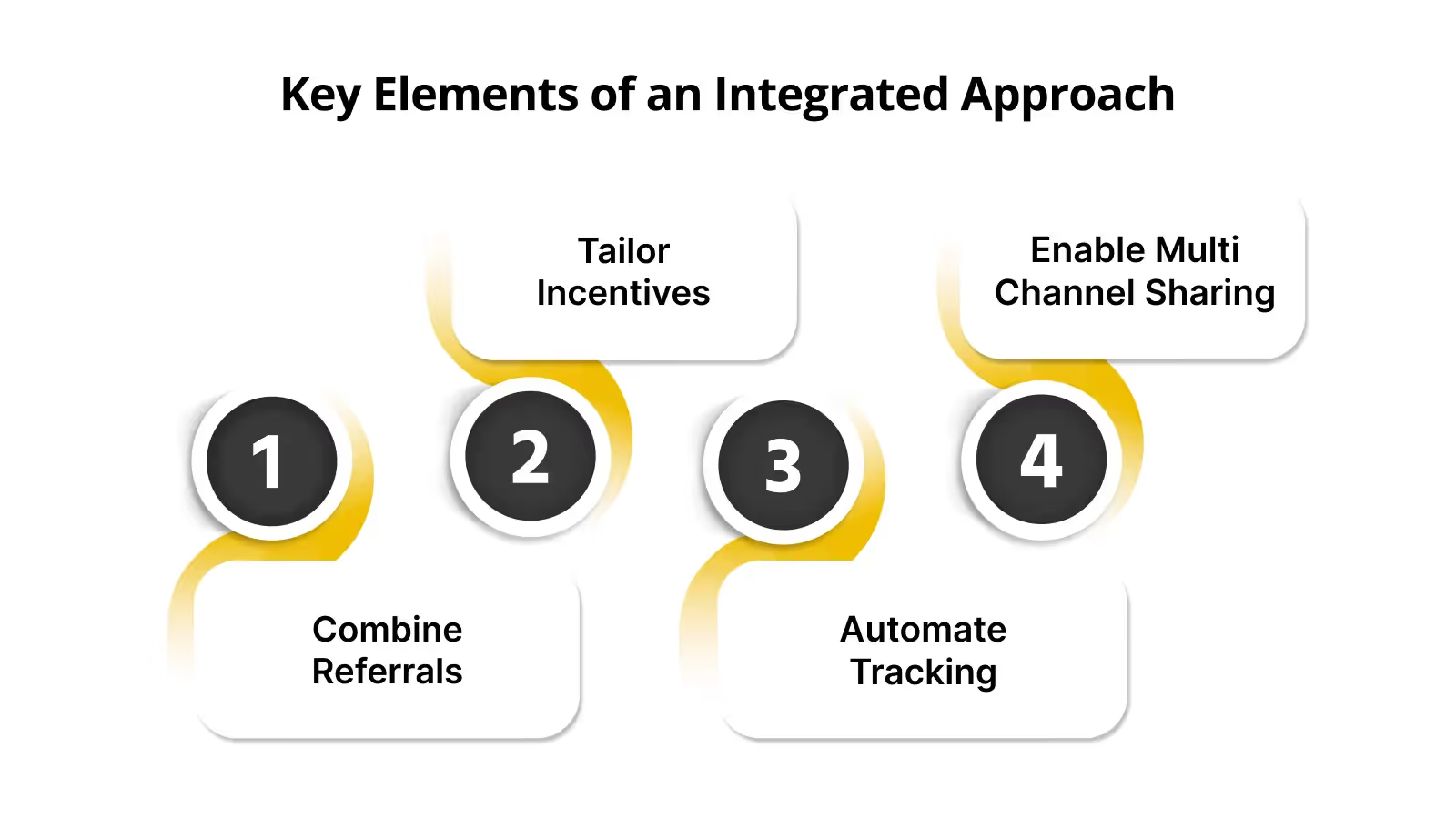
1. Combine Referrals with Loyalty Points
Instead of isolating referrals, connect them with your loyalty program. For example, customers could earn points not only for making purchases but also for referring friends or leaving reviews. Using a centralized platform makes it easier to track these activities, maintain consistency, and provide customers with a clear understanding of how their engagement contributes to rewards.
2. Tailor Incentives for Different Segments
A uniform reward system rarely maximizes participation. Structuring incentives based on customer segments can make programs more compelling. For instance, long-term buyers might value exclusive product samples or early access offers, while first-time referrers could be encouraged through smaller, immediate discounts.
3. Automate Tracking and Validation
Manual tracking often leads to errors and delays, which can undermine program trust. Automated attribution and validation provide real-time visibility into referral activity, ensuring that rewards are processed accurately and that performance data remains reliable for ongoing analysis.
4. Enable Multi-Channel Sharing
Customers are more likely to refer when the process is straightforward. Allowing referral links to be shared through multiple channels, such as WhatsApp, SMS, or email, lowers barriers to participation and broadens the reach of your program.
How Integrated Referrals Drive Sustainable Growth
A science-led Indian skincare brand addressed declining repeat purchases and underperforming referral activity by integrating referrals into a larger loyalty strategy using Nector. This included tiered rewards, personalized bonuses, and milestone-based incentives. Over 18 months, this approach resulted in:
- 74.6% of program-driven orders are attributed to referrals
- 25.8% referral completion rate
- 3x growth in loyalty conversions
This example illustrates how embedding referrals within a structured loyalty ecosystem can support both acquisition and long-term customer retention without relying exclusively on discounts or one-time incentives.
Essential Referral Strategies for Business Growth
Referral programs can’t be approached as quick campaigns. To deliver measurable growth, particularly in FMCG categories where purchase cycles are short and competition is intense, they need to be intentional, adaptable, and deeply aligned with customer behavior. Below are five strategies that can help build programs that do more than bring in new customers; they create lasting engagement loops.
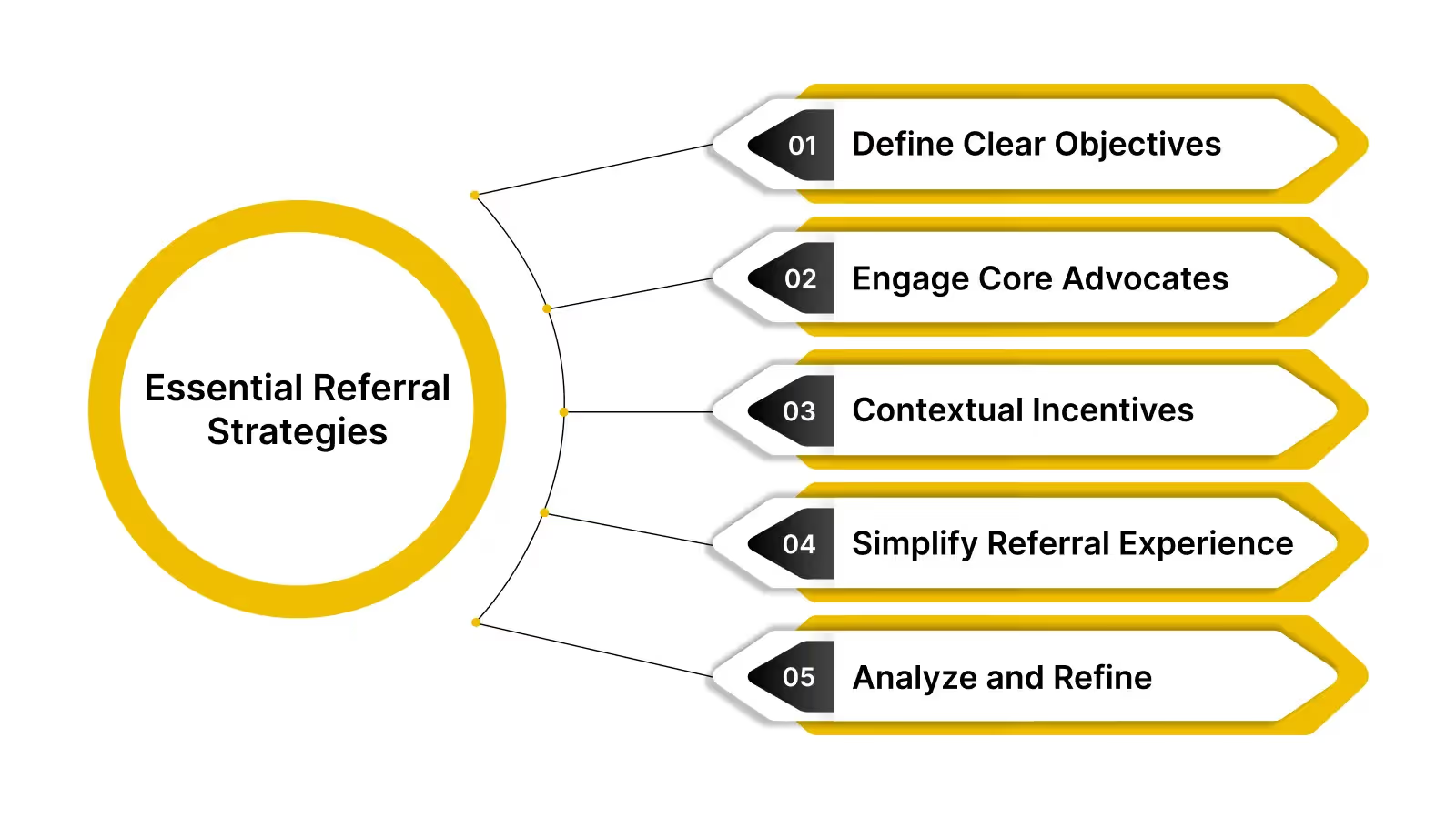
1. Define Clear, Measurable Objectives
A referral program without clear goals is difficult to assess and optimize. Start by identifying what you want to achieve:
- Lowering customer acquisition costs
- Increasing repeat purchase rates
- Expanding brand advocacy in key markets
Once objectives are defined, set measurable KPIs such as target referral conversion rates or the lifetime value (LTV) of referred customers. This allows your team to evaluate success beyond vanity metrics like sign-ups and focus on outcomes that truly impact business growth.
2. Identify and Engage Your Core Advocates
Not every customer will be motivated to refer. In practice, the most active referrers are often:
- Frequent buyers who already have a strong connection to your brand
- Subscribers or community members with ongoing engagement
- Customers with high satisfaction scores (measured through surveys or NPS)
Targeting these groups with personalized communication or tailored incentives ensures that efforts are concentrated where they’re most likely to generate results. For instance, you might offer exclusive perks to high-value customers who refer multiple friends, while encouraging first-time referrers with quick, accessible rewards.
3. Design Tiered and Contextual Incentives
Flat, one-time discounts can generate a burst of activity but rarely sustain engagement. Instead, use tiered incentives that reward ongoing advocacy. For example:
- Refer 1 friend → Small discount or bonus points
- Refer 5 friends → Premium product bundle
- Refer 10 friends → Access to a VIP program or recurring benefits
This progression taps into goal-driven behavior, keeping customers motivated to continue referring. Balancing monetary rewards (like store credits) with non-monetary ones (like early product access or exclusive samples) can also make programs feel more meaningful without eroding margins.
4. Simplify the Referral Experience
Even the best incentives won’t work if the process is complicated. Customers should be able to refer others with minimal effort:
- Add unique referral links to post-purchase emails or customer dashboards.
- Use QR codes on product packaging so referrals can be made offline.
- Enable sharing across familiar channels like WhatsApp, SMS, and email to reduce friction.
Clarity is equally important. Ensure that participants know exactly what they’ll earn, when they’ll receive it, and how their referrals are progressing. Programs with transparent communication often see significantly higher participation rates.
5. Measure, Analyze, and Refine Continuously
Referral programs need to evolve based on performance data. Monitor:
- Referral conversion rates: How many referred customers make a purchase.
- Program ROI: Revenue generated versus total program costs (including rewards).
- Referred customer LTV: Whether referred customers spend more or stay longer than those acquired through other channels.
Using an integrated platform like Nector can make this process easier by automating tracking and consolidating these insights in real time. These analytics enable teams to identify which incentives work best, which customer segments are most responsive, and where adjustments are needed, ensuring the program stays aligned with both customer expectations and business objectives.
Successful referral programs are more than discount campaigns. They are carefully structured systems that reward meaningful advocacy, align with broader loyalty efforts, and evolve based on evidence, not guesswork. When these elements come together, referrals can become one of the most cost-effective and enduring growth channels for brands.
Read: Loyalty vs. Referral Programs: What's the Difference and Which One Should You Use?
Overcoming Common Referral Marketing Challenges
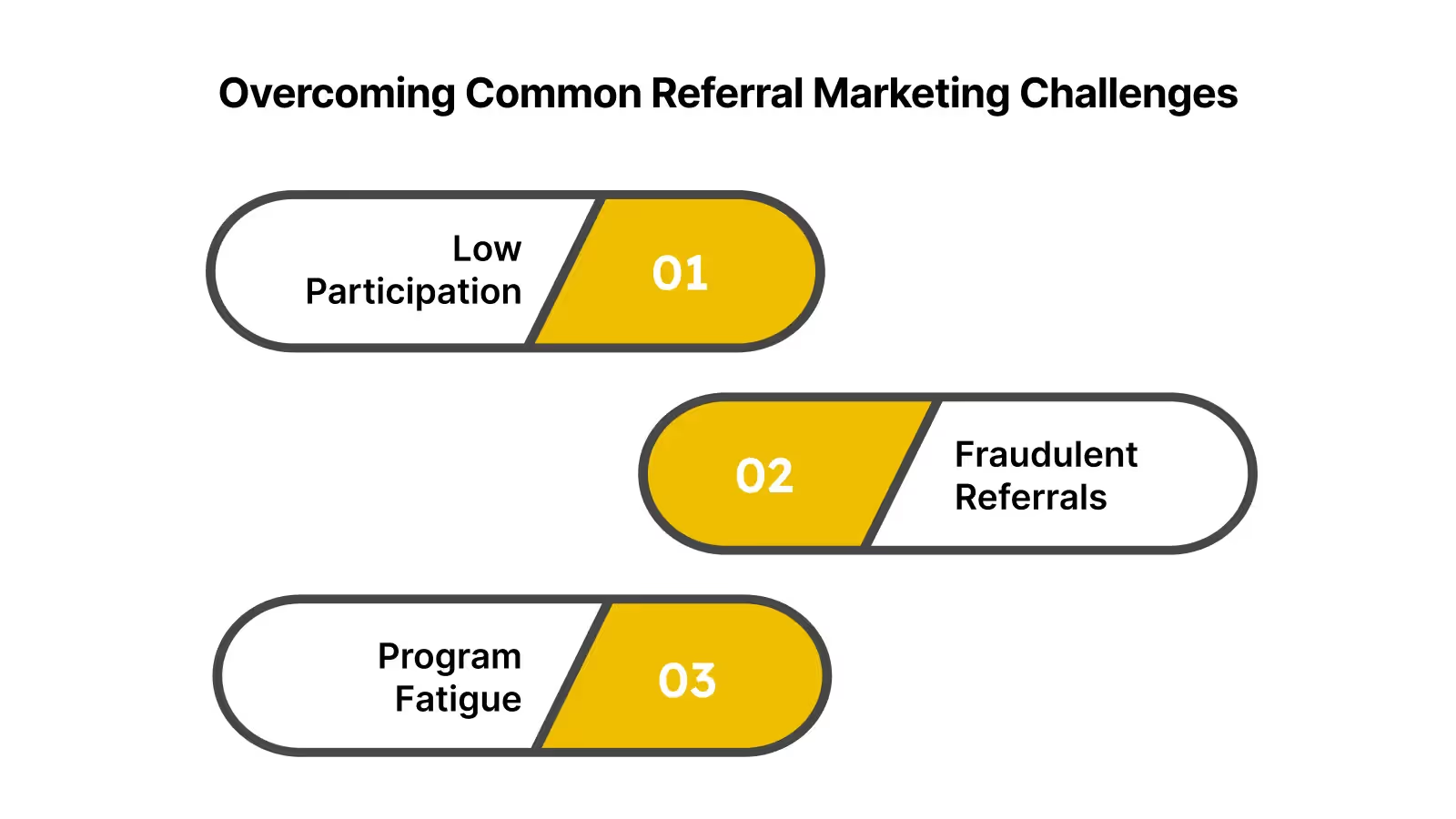
Even well-designed referral programs encounter challenges that can slow their impact. Addressing these roadblocks requires a mix of thoughtful planning and operational support. Here are three common issues and how to approach them effectively:
1. Low Participation
One of the biggest reasons referral programs underperform is a lack of immediate perceived value. Customers often don’t engage when rewards feel too distant or the process is unclear. To counter this, consider offering upfront, tangible benefits, for example, providing small loyalty credits or exclusive samples for first-time referrers. It’s also essential to make instructions simple: outline what customers need to do, when they’ll receive their reward, and what the referred friend gains.
2. Fraudulent Referrals
Referral programs can be exposed to abuse through fake sign-ups, self-referrals, or repeated attempts to claim rewards. These issues not only erode profitability but also reduce trust in the program among genuine users.
Mitigating this risk starts with clear terms, such as rewarding only verified purchases, and is strengthened by technical safeguards like unique referral codes, email or phone verification, and real-time monitoring for suspicious activity.
Using a centralized platform can automate referral validation and reduce manual oversight. Tools like Nector include built-in checks that quietly filter out fake sign-ups, helping ensure rewards are only issued for genuine, verified referrals.
3. Program Fatigue
Even successful programs lose momentum if they remain static. Customers are more likely to stay engaged when programs evolve. Introducing seasonal bonuses, time-limited challenges, or milestone-based rewards can keep the experience fresh and encourage repeat participation. Building these updates into your broader engagement calendar helps avoid ad hoc adjustments and keeps referral campaigns aligned with other marketing initiatives.
For founders and marketers, managing this at scale often requires more than manual tracking or basic referral widgets. This is where an integrated platform like Nector can be useful. By combining referrals with loyalty programs, reviews, and automated tracking, it helps teams reduce operational overhead while making data-driven decisions on incentives, customer segments, and program performance.
.avif)
Wrapping Up
Referral programs work best when they’re built for the long term, not as short-term campaigns, but as part of a broader customer engagement strategy. In the FMCG space, where buying decisions are frequent and trust drives loyalty, referrals help bridge acquisition and retention in a way paid ads rarely can.
The difference between programs that fade and those that scale lies in the details. Sustainable strategies go beyond flat discounts; they use contextual rewards, keep the experience simple, and evolve based on real customer behavior. When paired with a loyalty system and supported by automation, referral programs become more than a growth tool; they become a consistent, cost-efficient engine for retention and advocacy.
Platforms like Nector help make this possible by streamlining tracking, reducing fraud, and giving teams full visibility into what’s working, so referral growth doesn’t just start, it lasts.
FAQs
Why should FMCG brands invest in referral programs?
Referral programs help FMCG brands tap into word‑of‑mouth marketing in a structured way. Instead of leaving customer advocacy to chance, these programs incentivize satisfied buyers to bring in new customers.
How are referrals different from standard discount campaigns?
While discount campaigns encourage short-term purchases, referrals focus on building a network of engaged customers. By rewarding both referrers and new customers, referral programs create a cycle of trust-led growth that extends beyond one-off transactions.
What makes a referral program successful?
Successful programs are intentional in their design. They start with clear goals, identify the right customer segments to engage, and offer incentives that feel valuable to those audiences. Equally important is making the referral process simple and tracking results continuously to make data-backed adjustments.
How does automation improve referral program performance?
Manual tracking with spreadsheets or coupon codes can lead to errors, misuse, and poor visibility into program outcomes. Automated platforms like Nector reduce these risks by validating referrals in real time, attributing them accurately, and providing actionable insights, making programs easier to scale.
Can referrals be integrated with loyalty programs?
Yes. Combining referrals with loyalty initiatives often delivers stronger results. Customers can earn points for multiple actions purchases, reviews, and referrals, encouraging ongoing engagement rather than one-time participation.
Start Building Customer Retention That Lasts




